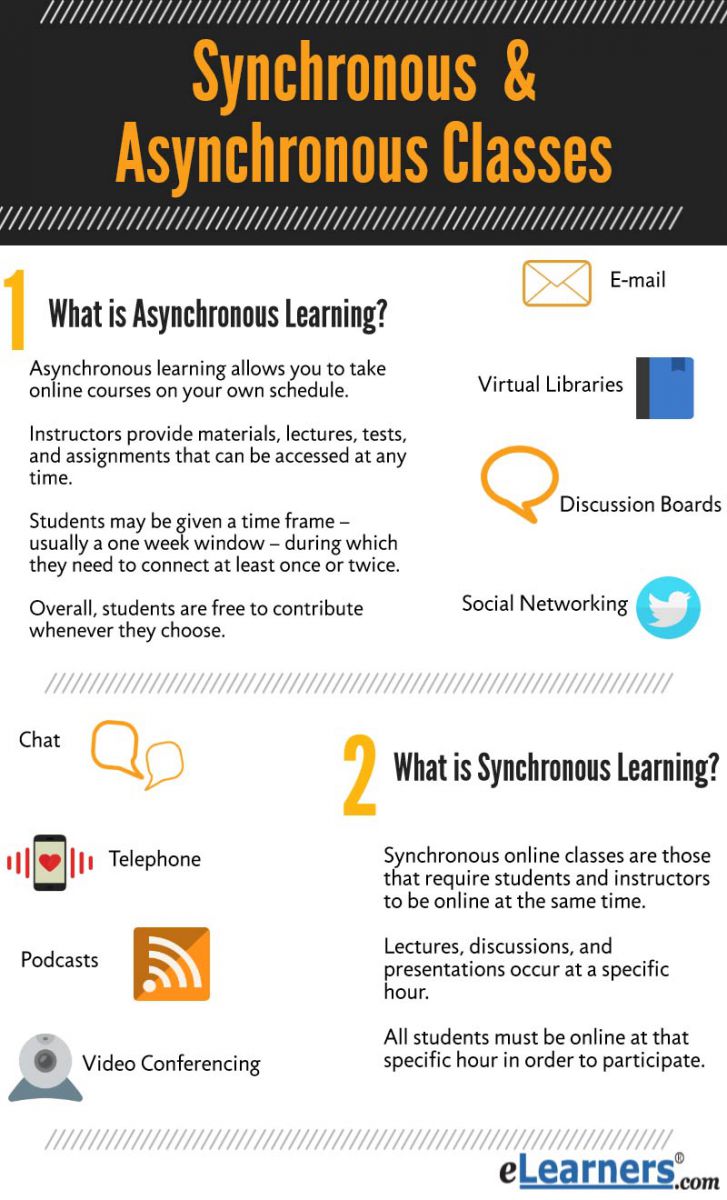

So what is communication... According to the Concise Oxford Dictionary the word means ‘the act of imparting, especially news’, or ‘the science and practice of transmitting information’. These definitions clearly show the link between ‘teaching’ and ‘communication’: teachers are constantly imparting new knowledge, or transmitting information.
So what is feedback... The term feedback is often used to describe all kinds of comments made after the fact, including advice, praise, and evaluation. Feedback is information about how we are doing in our efforts to reach a goal. (Ascd.org, 2017).
(Fig.2).This means getting regular feedback from the students.
Types of online communication...
Online Communication should....
Set up parameters for responding to email. 24-48 hours is reasonable
Announce when you will not meet these parameters
Set up areas for content and procedural questions, so you only answer them once – use an area that has common access
Structure communication, so it is not just two way (you and each individual student). Use students to manage discussions
Timely and personal feedback are critical
Remember that what you write is not private and could become public
Online Feedback
- Facilitates the development of self-assessment (reflection) in learning.
- Encourages teacher and peer dialogue around learning.
- Helps clarify what good performance is (goals, criteria, expected standards).
- Provides opportunities to close the gap between current and desired performance.
- Delivers high-quality information to students about their learning.
- Encourages positive motivational beliefs and self-esteem.
- Provides information to teachers that can be used to help shape the teaching.
Tips for communication in an online environment
My favorite technique for feedback

- Don’t be shy!
- Provide meaningful feedback to all assignments and comments.
- Use of peer assessment to provide additional feedback to students
- Share your personal experiences
- Be considerate and appropriate
My favorite technique for feedback

When teaching through communication and feedback in an online environment, we need to remember to be as accurate as possible for success. When students are clear about their learning only then can they self-monitor and receive feedback to help with their education. We as the online instructor are there to close any gaps in learning the course material through good, clear communication and helpful, constructive feedback.
Academic.pgcc.edu. (2017). Communication Issues in the Online Classroom. [online] Available at: http://academic.pgcc.edu/~dfinley/communicationissuesonline.htm [Accessed 26 Apr. 2017].
Ascd.org. (2017). Educational Leadership:Feedback for Learning:Seven Keys to Effective Feedback. [online] Available at: http://www.ascd.org/publications/educational-leadership/sept12/vol70/num01/Seven-Keys-to-Effective-Feedback.aspx [Accessed 26 Apr. 2017].
Assessment.tki.org.nz. (2017). Effective feedback / Assessment for learning in practice / Assessment in the classroom / Home - Assessment. [online] Available at: http://assessment.tki.org.nz/Assessment-in-the-classroom/Assessment-for-learning-in-practice/Effective-feedback [Accessed 26 Apr. 2017].
Best-Practices-in-Online-Teaching-Strategies. (2009). 1st ed. [ebook] Washington, DC: The Hanover Research Council. Available at: http://www.uwec.edu/AcadAff/resources/edtech/upload/Best-Practices-in-Online-Teaching-Strategies-Membership.pdf [Accessed 26 Apr. 2017].
Higgins, R., Hartley, P., & Skelton, A. (2001). Getting the message across: the problem of communicating assessment feedback. Teaching in higher education, 6(2), 269-274.
Higgins, R., Hartley, P., & Skelton, A. (2001). Getting the message across: the problem of communicating assessment feedback. Teaching in higher education, 6(2), 269-274.
Ice, P., Curtis, R., Phillips, P., & Wells, J. (2007). Using asynchronous audio feedback to enhance teaching presence and students' sense of community. Journal of Asynchronous Learning Networks, 11(2), 3-25.
Juwah, C., Macfarlane-Dick, D., Matthew, B., Nicol, D., Ross, D., & Smith, B. (2004). Enhancing student learning through effective formative feedback.






